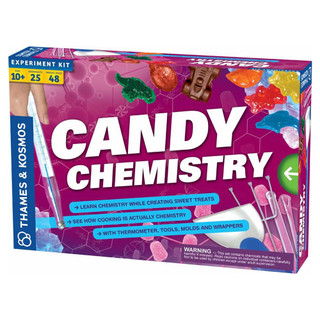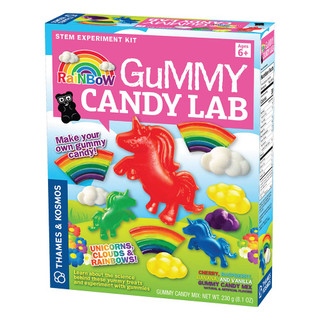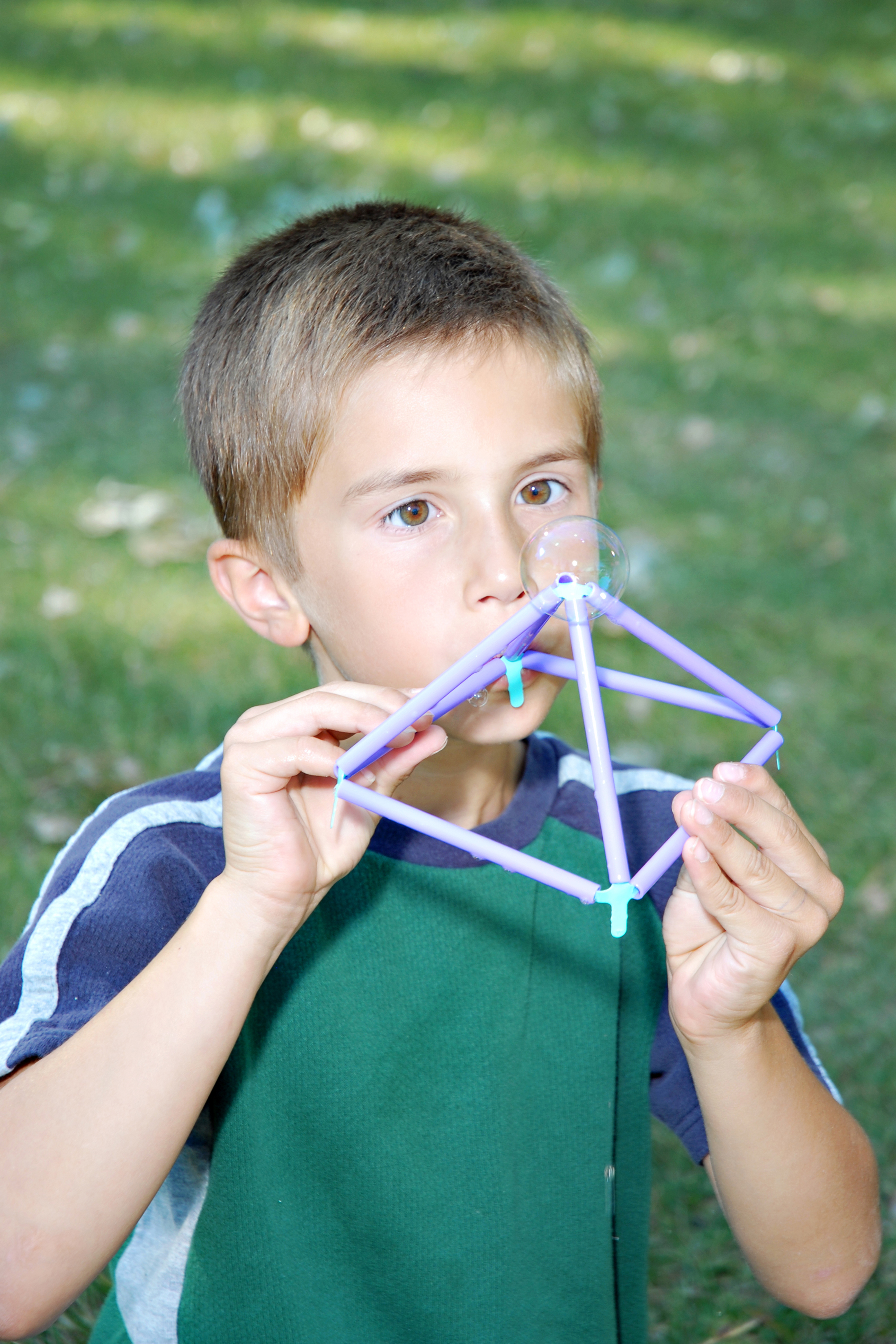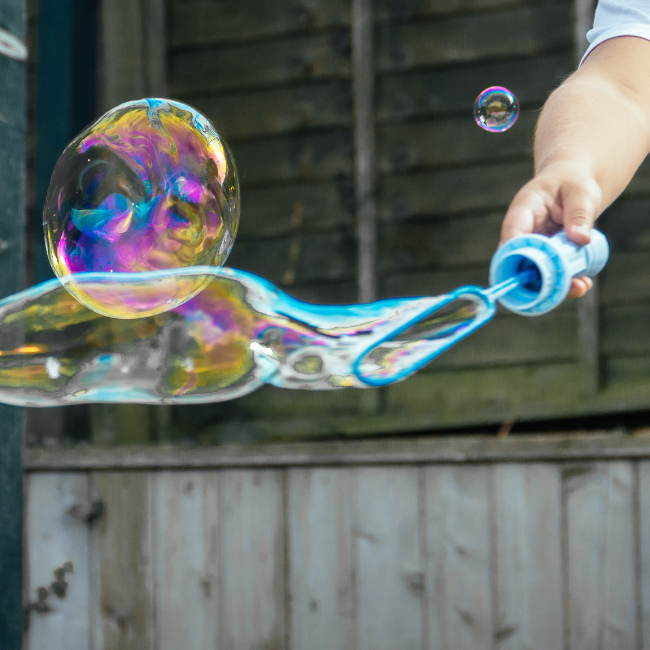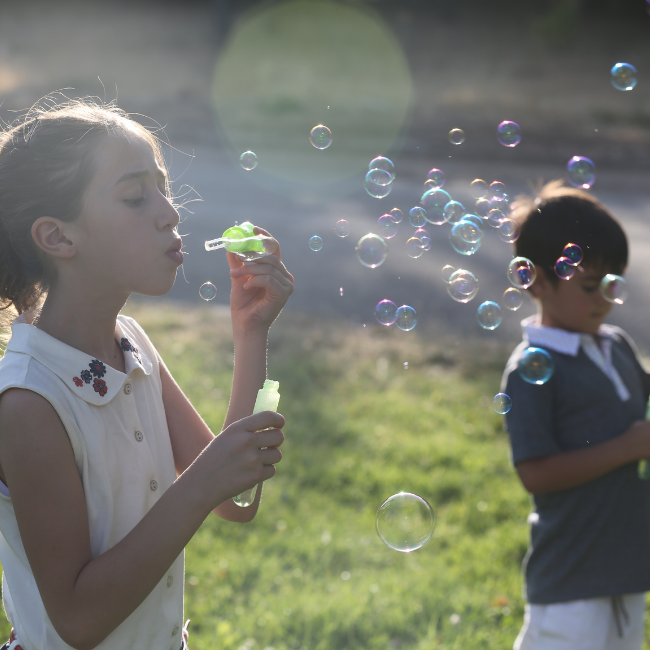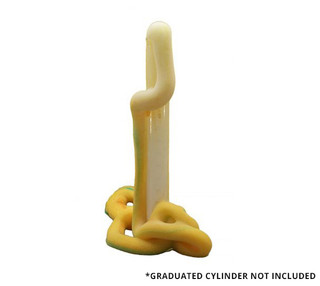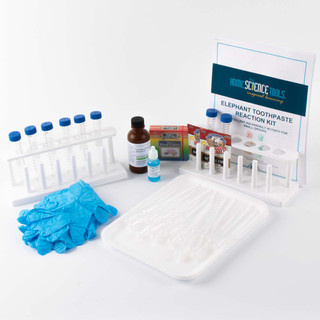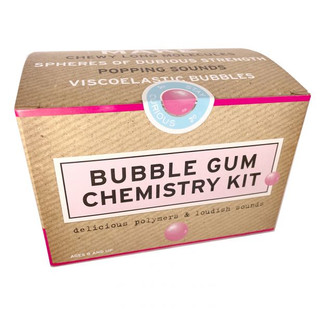
What You Need to Make Super Bubbles Recipe
- Liquid dish soap/dishwashing liquid (Joy or blue Dawn brands work best. Try to find one that doesn't say "Ultra"
- Warm water (distilled is best for bubble making)
- Clean container with lid
- Glycerin or light corn syrup
- Bubble wand or straw (or make your own)
How to Make Super Bubbles in 6 Steps
How to Break Surface Tension
- Place the first glass of water in the center of the pie plate.
- Slowly, pour some water from the second glass into the first glass until it is very full and the water forms a dome above the rim of the first glass. Set the second glass of water aside.
- Carfully stick your finger straight down through the dome of the water in the full glass. Watch what happens, then remove your finger.
- Add a small drop of dish soap on the tip of your finger and repeat step 3. What happens this time?
What Happened to the Water?
Before we begin, let's define molecule. A molecule is two or more atoms bonded together. An atom is the smallest piece of a chemical element that is still that element.
In this activity, the water molecules are attracted to each other and stick together. At the top of the water, the molecules stick together very closely to make a force called surface tension. Surface tension is what caused the water to rise up above the rim of the glass in the experiment and form a dome instead of spilling over the side.
What happened when you put your soapy finger into the water? The soap broke the water's surface tension and some of the water molecules stopped sticking to each other causing them to be pushed out of the glass.
The force of surface tension also created bubbles. In plain water, the surface tension is strong and the water might make some bubbles but they will be small and won't last for very long because the other molecules in the water will pull on the bubbles and flatten them. When you made bubbles, you added soap to the wter. This made the water become flexible and appear elastic. This allowed the bubbles to hold their shape when you blew into your bubble wand.
Bubble Tricks Explained
Bubble Trick #1 Explained:
In this trick you created a square bubble wand. Even though it came out of a square, the bubble was still round! Bubbles are always in the shape of a circle when they detach and float through the air because the soap always tries to take up the least amount of space possible while keeping the same amount of air inside of the bubble. Since a circle takes up less space than a square, the bubble will remain round. Pretty cool, huh?
Bubble Trick #2 Explained:
You tried to pop a bubble with different pointy objects in this trick. Were you successful? You should have been able to push a pair of scissors through the wall of the bubble without popping it as long as there was bubble solution on the scissor blades. When something wet touches a bubble, it doesn't poke a hole in the wall of the bubble. It just slides through and the bubble forms right around it.
The Homemade Bubble Solution on your scissors filled the hole that would have been made. If you try poking dry scissors through the bubble, it will pop instantly!
More Projects and Experiments
Experiment Kits Families Love

